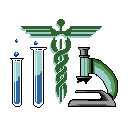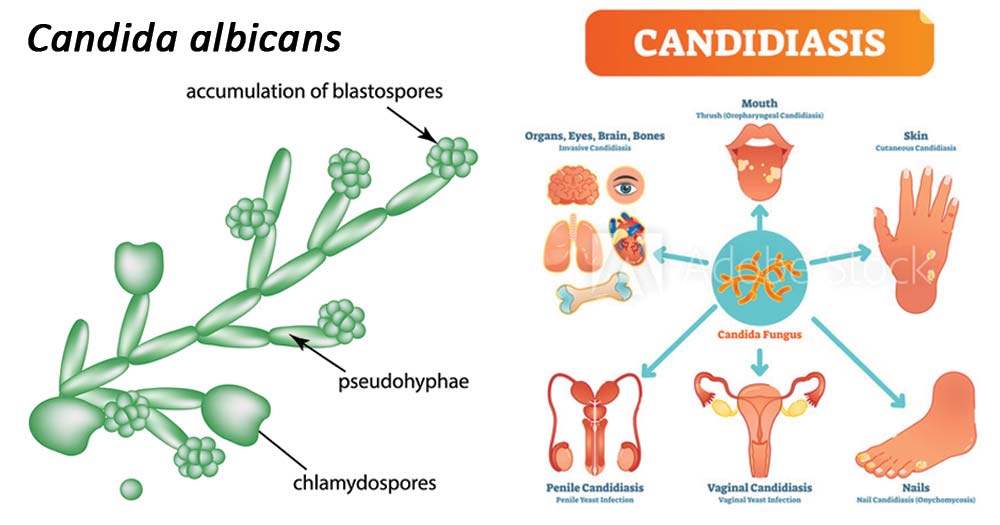What is Candidiasis?
 Also called a yeast infection, thrush, and moniliasis, candidiasis is a very common cause of vaginitis. It is caused by a yeast-like fungus named Candida albicans. It is not often transmitted sexually, but still is considered an STD in the United States. Virgins can also get it.
Also called a yeast infection, thrush, and moniliasis, candidiasis is a very common cause of vaginitis. It is caused by a yeast-like fungus named Candida albicans. It is not often transmitted sexually, but still is considered an STD in the United States. Virgins can also get it.
Candida albicans is normally present in healthy people in several areas in the body without causing any symptoms. The CDC (Centers for Disease Control) in the U.S. decided to classify candidiasis as an STD. Naming it as an STD has caused controversy in the medical community. It has been known to be transmitted sexually, but it requires a particular environment for growth, so it is not often sexually transmitted to the penis. It just doesn’t grow well there. It can be transmitted from a female to a male, or from a female to a female from oral-genital sex and can grow in the throat as “thrush”.
Causes for the overgrowth of Candida albicans include: antibiotic therapy, which suppresses the normal protective bacteria in the vagina, hormones in the birth control pill, and diabetes, (which increases sugar levels in the vagina and the fungus likes to feed on sugar). Pregnancy hormones can also cause candida when you are pregnant. Food allergies and altered immune states (like AIDS or cancer treatment) may contribute to the overgrowth of Candida.
Symptoms
When candida infects the vagina it results in vaginitis (inflammation) characterized by a large amount of white, cheesy discharge and intense itching and burning on the inside and outside of the vagina. Oral thrush will appear as white sores or patches on the tongue, back of the throat or inside the cheeks.
It is common for people with AIDS to get thrush or candida, BUT this does NOT mean you have AIDS, if you get a yeast infection or thrush. It may be your body telling you that it is tired or “out of balance”.
Incubation Period
2 to 5 days.
Treatment
Antifungals such as clotrimazole, miconazole, and terconazole are effective in treating candidiasis. These medications are available in the U.S. as OTC (over-the-counter) drugs. If you have never had a yeast infection before, see your health care provider before treating it yourself to make sure that it is indeed a yeast infection. There is also a medication you can take in pill form, but that is usually used for severe cases of candidiasis.
For more see Yeast Infections and check out Yeast Infection Basics, or… see Yeast Infections – When Should You Treat Yourself… and Recurrent Yeast Infections. To view the videos, just click on the gray ‘watch video button’.
To GYN Stuff...
